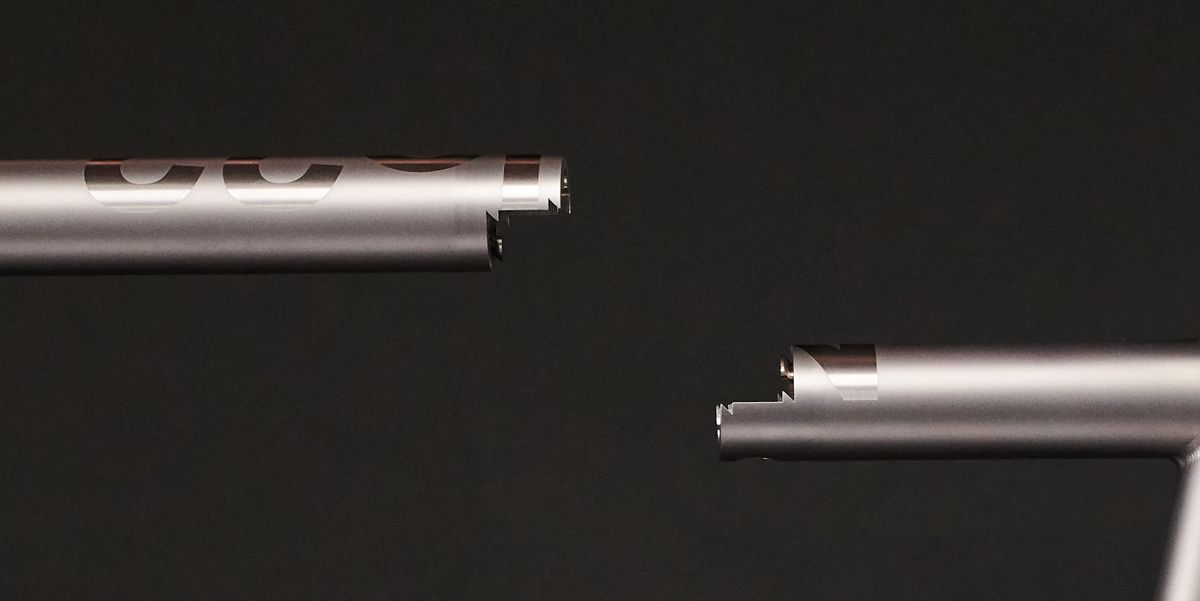Thanks for all the feedback. Some context: My overarching purpose is essentially a longterm cost minimization and privacy strategy. I travel often, and so renting a vehicle not only attaches my SSN or some other financial detail to everywhere I go after I leave the airport but also incurs costs that add up.
1. Why wouldn’t you just put the wheels in one box, and the rest in another?
Limiting myself to a single checked piece of luggage greatly reduces the cost of frequent travel.
2. Assuming you managed to compact a suitable bike to 62 inches, is its weight going to exceed the airlines’ maximum weight per luggage piece restrictions?
Most airlines stipulate a 50 or 55 lb per piece weight limit before adding a hefty additional fee. Then there's a hard upper limit above which they won't accept the item as luggage (though they might still take it as freight). That makes an e-bike of any kind something that probably must ship in multiple cases. A 45+ mph e-bike is bound to be heftier than makes sense for air travel.
The airlines that I typically fly attach a $75 flat rate for any checked "non-motorized bicycle" up to 100 lb and 110 linear inches. As I plan on keeping the controller and battery in the panniers to make it less obvious that the bicycle is motorized when I'm riding it, the goal of <100 lb seems easily achievable even with something like a QS205 in there. Building panniers that convert to a carry-on and personal item is something I can do myself -- I'm no professional tailor but I can sew rectangles. The problem that arises would be checking a bicycle with the rear hub motor on it and somebody rightfully pointing out that it's a motorized bicycle. I could tape packing protection around both sides of each wheel pretty easily and that might be enough to get past a visual inspection, but these are all probably going to go through a scanner. I suspect these guidelines were written with traditional ICEs in mind. Then again, the scanners probably belong to the TSA, not the airline, and these are likely two completely separate steps.
Knowledge is never dumb. Application of knowledge can be stupid.
Mind sharing what you about airline bike packaging.
The knowledge isn't dumb, just me xD
Most airlines apparently have a "fragile and special items" policy to look into regarding checked baggage. It lets people pack sporting equipment like hockey sticks and whatnot, or in this case, bikes.
In my experience, bringing a bicycle as airline luggage always requires you to waive the airline's liability for damage. So if you go that way, maybe take on some trip insurance that will cover damages if they occur. If your bike breaks down and fits in a suitcase, you probably won't have to sign away your ability to seek compensation.
Yeah, but suitcases are limited to 62 linear inches on the airlines I fly, which just isn't gonna' happen. The increase to 110 linear inches, 100lb and the flat rate baggage fee for packages that contain only a bicycle is super appealing to me. If I pack right and cushion the important bits, I'm less concerned about damage than theft. With only the stock bicycle, its hub motor, some low-profile throttle, and an aftermarket rear and headlight, I run pretty short on places to stash an AirTag mainboard in.
It's probably a better idea to go for a Class 3 type bike that doesn't need to be nearly as heavy to be safe. Moderating the speed gives you more choices of wheel size, and the option of going without suspension, both of which will make the bike lighter and less likely to be damaged in transit.
In exchange for better wheel size choices and the option of going without suspension, I lose several destination options. Many of my best friends live in fairly rural areas where there's always a network of ~35mph-ish back roads I can take from point A to point B with the exception of some river or canal where I'll have to merge into automotive traffic for the length of a bridge. I can think of multiple examples of this but don't want to doxx myself. In those situations, I run a lower risk of getting plowed into if I can maintain 45 to 50 mph for ten minutes before ducking back off into the backstreets.
P.S. -
When my band has traveled by air with equipment that needed portable power, we have used this kind of 100Wh battery that doesn't alarm airport security at all so far:
https://www.amazon.com/DEWALT-DCB205-5-0Ah-Lithium-Battery-Pack/dp/B00KWRM5Z4
Well well well, would you look at that


www.printables.com
While it's more money I'd look into a travel frame based bike (with S&S BTC or similar) and a hard case, that way the airline won't really know you're carrying a bicycle. A touring/adventure type of bike with a small geared hub motor would make a great travel setup and could be under 50lbs packed, as long as you can also engineer that multiple sub 100wh battery configuration . A steel frame would make the most sense (easiest to repair) but a Ti frame would be the strongest and lightest setup ... but a lot more money.
That's pretty neat, but I'm not sure it'll be necessary with a 100lb weight limit.
Note that Grin no longer sells LiGo batteries. So tool packs are the next best thing, easier to get, possibly cheaper, and less puzzling to TSA orcs.
Yeah, I was really hoping the LiGo 10X would come out soon, but it's not looking likely. Very sad.
Thank you all once again for your feedback. Do any of you know of any decent aftermarket headlight or taillight fixtures that I could easily hide an AirTag mainboard in and still be able to get in there to pop the coin battery into and out of?
Can any of you share experiences traveling with an e-bike, no battery? What airline? How'd it go?



